ICON_PLACEHOLDEREstimated reading time: 11 minutes
Table of contents
In the exciting e-commerce pricing teardown part 1, we’ve used our software to scratch our own itch or so to speak. We’ve spent the last month analyzing the pricing records for the retailer, John Lewis and the results are incredible.

If you’ve ever wanted to know how the big players conduct their own pricing strategy, read on to find out more.
John Lewis is a high-end department store that operates throughout the UK, Republic of Ireland and Australia. The first brick-and-mortar store opened in 1864, in London.
Known for their expensive and high-end goods, as well as their famous Christmas adverts, they’re a great online department store to study to get a clearer picture of various pricing strategies that work.
What did we analyze?
We used a sample of over 100 products from various product categories including:
- Baby and Kids
- Electric and electronics
- Fashion
- Health and Beauty
- Home & Appliances
We looked at the competitive advantage of John Lewis, what type of customers they have and how this affects their pricing decisions, whether or not they make use of special deals or offers and the UX of their pricing structure.
All of this data was used to put together a holistic view of John Lewis’ pricing strategy to provide you with ideas for how you can mimic the same techniques within your own eCommerce store
What type of customers does John Lewis have?
As we mentioned before, John Lewis is a department store with products in a range of categories.
In general, they attract customers looking for high-end products and shopping experiences.
Between 2016 and 2017, John Lewis’ print and digital magazine reached a wide number of people, but the demographic group with the highest reach were female adults over 35.
However, recent reports suggest that John Lewis is beginning to bring in younger customers, as well as men.
We’ll now look at their pricing strategies and tactics and consider whether their demographics have any effect on how they price their products.
Psychological pricing strategies
Of the products we looked at, 47% of them exemplified the charm pricing strategy where product prices end with $.99 to make them seem cheaper than they are.
John Lewis is a high-end retailer where shoppers are happy to pay a premium for their products. This doesn’t mean they aren’t looking for a bargain too.

This strategy seems to be used more commonly in their higher-end products than their lower ones.
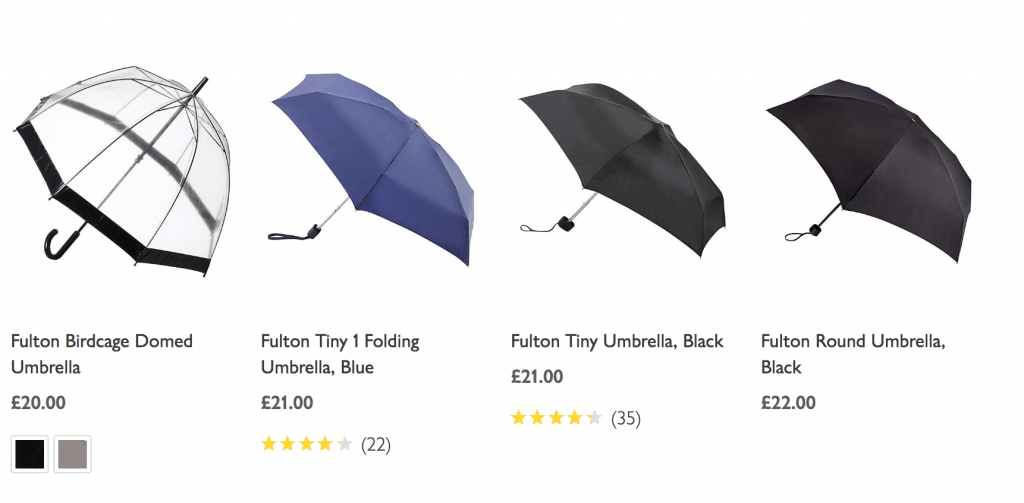
Competitor price comparison
As John Lewis is a high-end department store, it makes sense to only compare their pricing strategies with other stores of the same merit.
Department stores like Selfridges, House of Fraser, Bloomingdales, and Macy’s can all be considered a competitor of John Lewis.
From our analysis, across all products we’ve tracked, we saw that 31% of all prices were above the average and 68% were priced under the average compared to their core competitors.
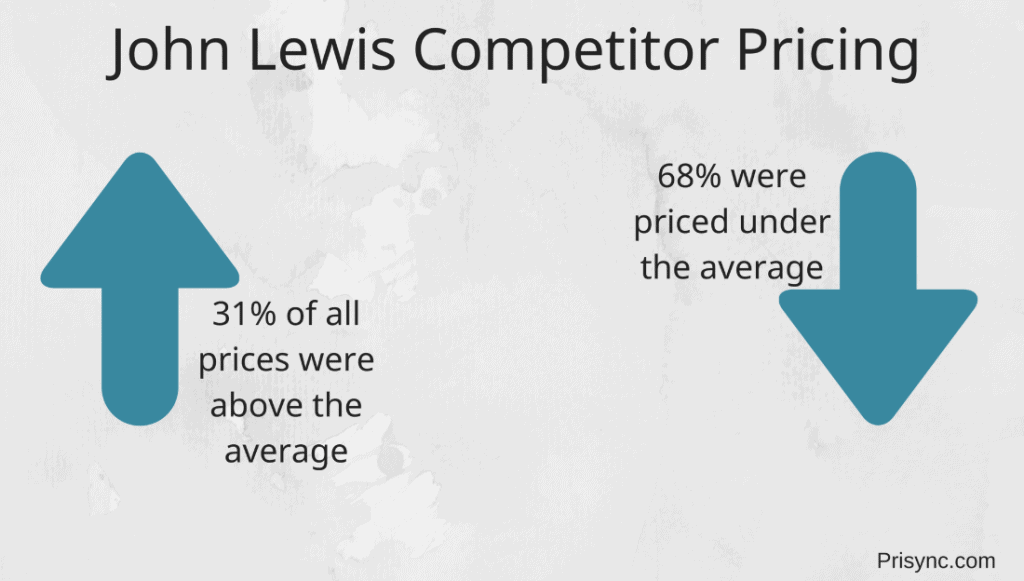
There is a reason for this. Although John Lewis operates as a high-end department store, there are others (Macy’s, Selfridges) that s market themselves to an even higher-end customer.
With that said, John Lewis still understands there are certain product categories where they are able to go above market rate and still make a profit. (We’ll touch on individual product categories further down).
The rate of price changes
In the period we’ve tracked the sample products of John Lewis, we discovered that they decreased by 4.12% of the products, increased by 8.25% and 87.63% remained constant.
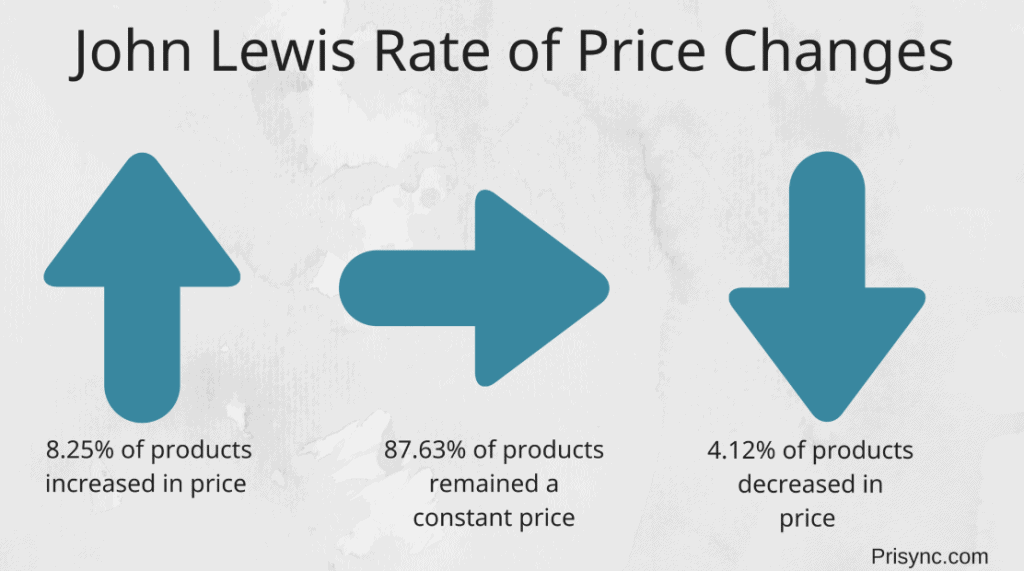
The low percentage of price increases and decreases could largely be due to John Lewis having a solid pricing strategy that doesn’t need as much constant optimization.
It’s very important to track your prices, see what your competitors are charging and optimize to support that. But with that said, when you have a strategy that’s working for you, don’t rush to make changes too rapidly, or all at once for fear of being left out of the competition.
Category-specific pricing
Baby and kids
In the Baby&Kids category, John Lewis’ prices are under the average, indicating that the retailer follows a competitive pricing strategy. In this category, John Lewis’ competitors decreased 7.25% of products during the analyzed time frame, increased 7.97% and 84.78% were kept stable.
In comparison, John Lewis lowered 10%, increased 50% and 40% were kept at a constant price.
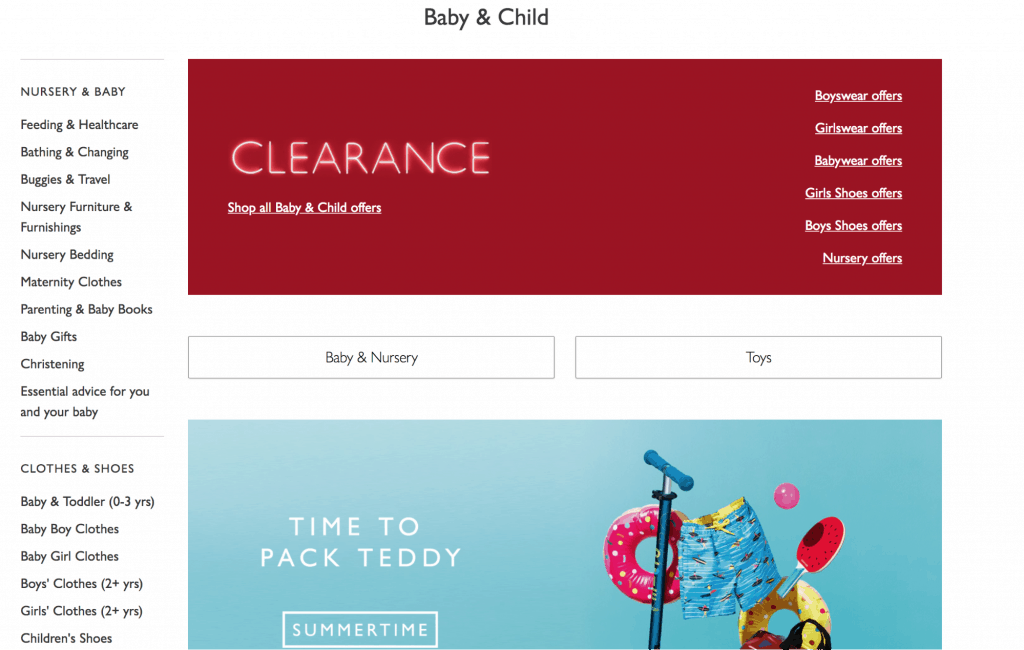
In this instance, John Lewis could be experimenting to see how increasing the price affects customers’ willingness to buy.
As they’re already selling products in this category at an average lower price than their competitors, they have scope to increase them marginally until the market pushes back.
Electronics
In the electronic category, 28.95% of the products were above average and 71.05% were priced under the average.
Competitors, in the time frame, specified, decreased 8.96% of their products, increased by 3.40% and 87.64% were kept stable.
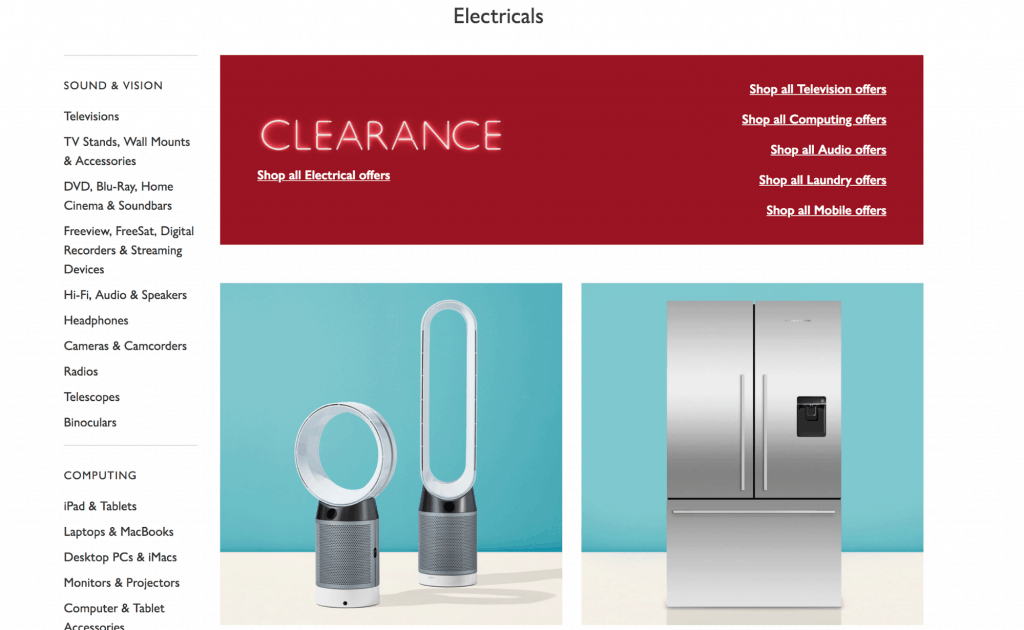
John Lewis, in comparison, decreased the price of 13.16% of products and increased by 86.14%.
This insight is really interesting simply because over 70% of the products in this category were priced under the average.
This may be due to seasonal efforts, where people are less likely to make big purchases during the summer.
You’ll also notice, on the main category page, John Lewis highlights the clearance section at the top.
This tactic is used to get people to consider products they may have not considered before.
Without having direct access to John Lewis’ specific strategy, we’re unsure whether highlighting the clearance section is to reduce excess stock, increases revenue for this category or simply encourage people to browse this category further.
Fashion
In Fashion, across both women and men’s brands, 61% of products were priced above the average and 39% were priced under the average.
When it comes to price change rates, competitors decreased 9.84% of their products, increased by 14.21% and 75.96 were kept stable.

However, John Lewis lowered 20% of their products and increased 80% of product prices.
You’ll notice, compared to the electrical category page, John Lewis doesn’t highlight the fashion clearance section, even though one exists.
This could be due to them being a high-end retailer and understanding that when it comes to clothing, their customers really value product quality and are happy to pay a premium for it.
This idea of ‘premium’ could also be a core reason why they increased 80% of their product line within this category.
Home and Garden
In the home and garden category, overall, 32.35% of all products were priced above the average, and 67.65% were below the average.
During our analysis, competitors increased 6.51% of their products, decreased 9.84 and 83.65% were kept at a constant price. John Lewis, however, lowered 47.06% of their product prices and increased 52.94%.
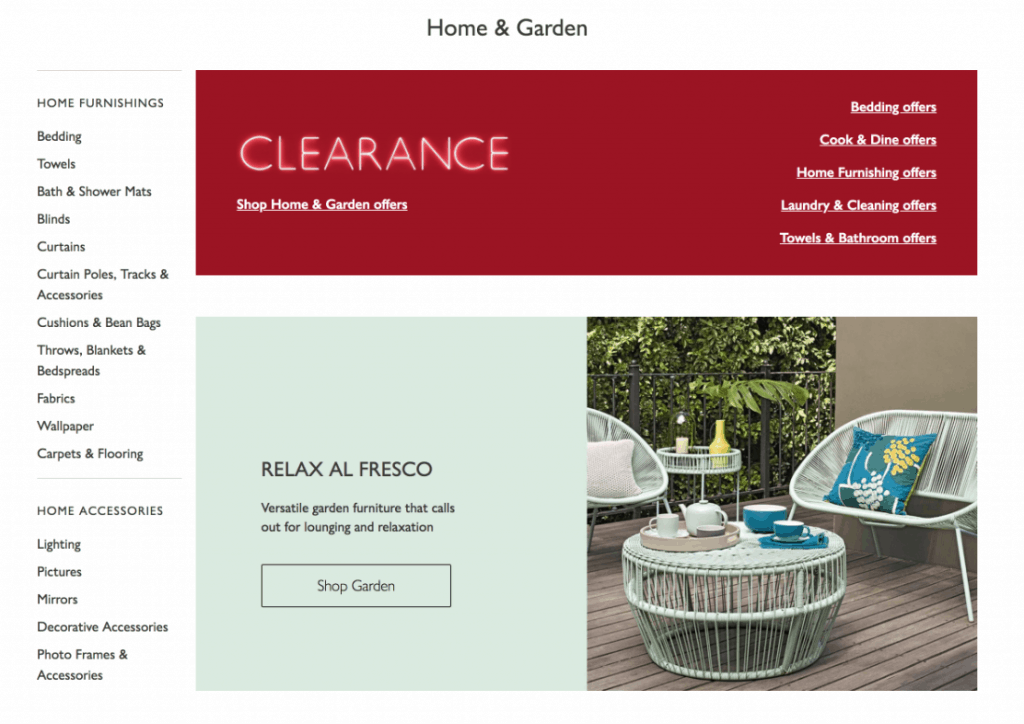
Selling products in the home and garden category involves a different set of marketing than other categories. This is because largely, you’re less likely to browse in this category and instead, look directly for what you need.
For example, how often would you buy new outdoor garden furniture?
Only when you have a need for it. Products in this category usually have a long life and so are bought much less often.
This is perhaps one of the reasons why 67.65% were below the average. John Lewis could be trying to undercut the market, using a competitive pricing strategy in order to capture their potential customers when they are ready to make that purchase.
Health and Beauty
When we looked further into the health and beauty category we saw that while the competitors had a healthy range of increases and decreases (13.24% of products decreased in price, 14.21% increased in price and 6.62% were kept the same). Conversely, John Lewis increased all of their prices for the time we tracked.
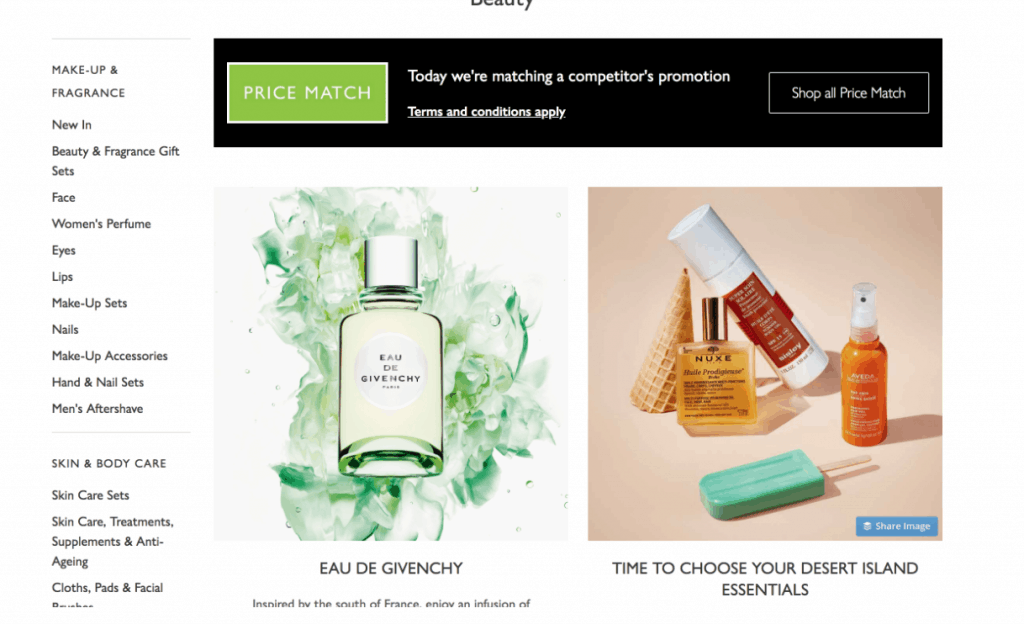
This makes a lot of sense. You’ll see that at the top of the health and beauty category that John Lewis have a “price match” tool whereby they promise to match all their competitors’ offers.
As they were currently underpricing most of the products within this category, they were able to combine an offer with an increase in price.
This is a super clever technique to increase your prices without alienating your customers.
From a consumer’s perspective, you’ll be pleased that John Lewis will match each competitors’ price and deal, but from John Lewis’ perspective, they’re able to comfortably increase their prices within this category.
John Lewis pricing UX teardown
It’s all well and good to have a solid pricing strategy in your eCommerce store, but what’s also important is how you present those prices to your customers.
The UX of pricing is super important to visualize the price you’re offering and the reasons behind it.
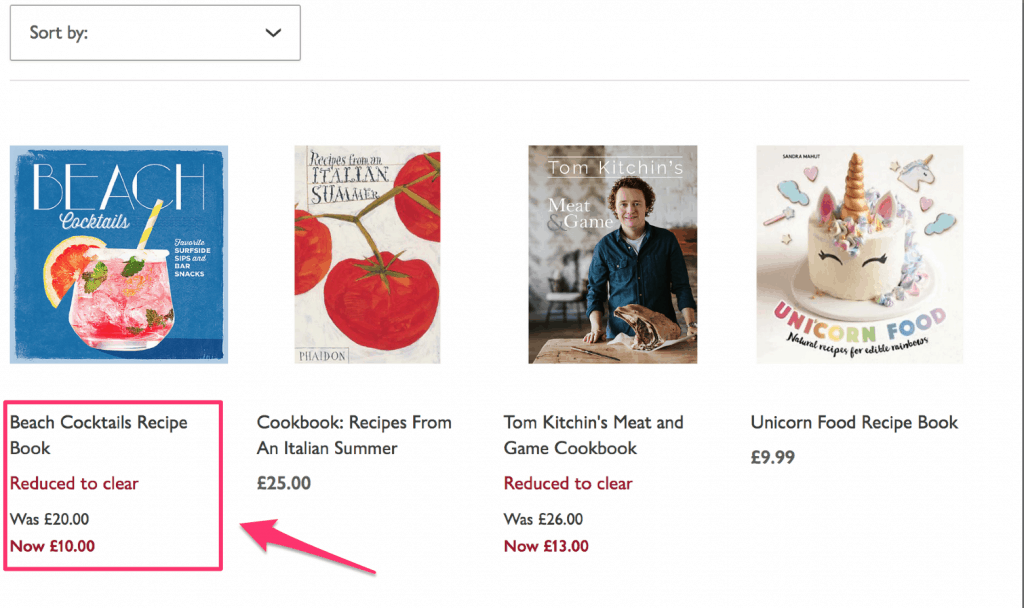
On a category page, John Lewis has the price of the product below the item. This is an effective strategy as naturally your eyes are drawn to the images first.
You, then, only tend to look at the price of the product you’re actually interested in buying.
They also use a mixture of colors to express when a product is on offer, or reduced by using red to show the discount offered.
On product listing pages, John Lewis keeps the entire page clean and void of distraction. This is a great conversion technique as once the customer gets to this page, they’re considering making a purchase, so it’s important you make this process as easy for them as possible.
John Lewis also goes as far as to list the price twice, making sure there is never any confusion as to how much the product will cost the consumer.
What can we learn from John Lewis pricing strategy
We’re able to learn a great deal from tracking John Lewis’ prices across a range of categories and products.
Most notably, anyone who has an eCommerce store with a large number of products should take special note at the rate to which John Lewis increase and decrease their prices.
When you have a large online store, you’re able to make changes much more frequently simply because, for the most part, customers use online department stores to find exactly what they’re looking for.
For example, if you have a store with only two products, it will be very obvious when a price which might normally be $30 suddenly increases to $60.
Whereas, when you’re operating your store across multiple categories and hundreds of products within those categories, you are in a much better position to experiment with your prices as market demand rises and falls.
If you want to start tracking your own pricing to see how it fares against competitors, why not try a free trial of Prisync, our e-commerce competitor price tracking software.
pricing teardown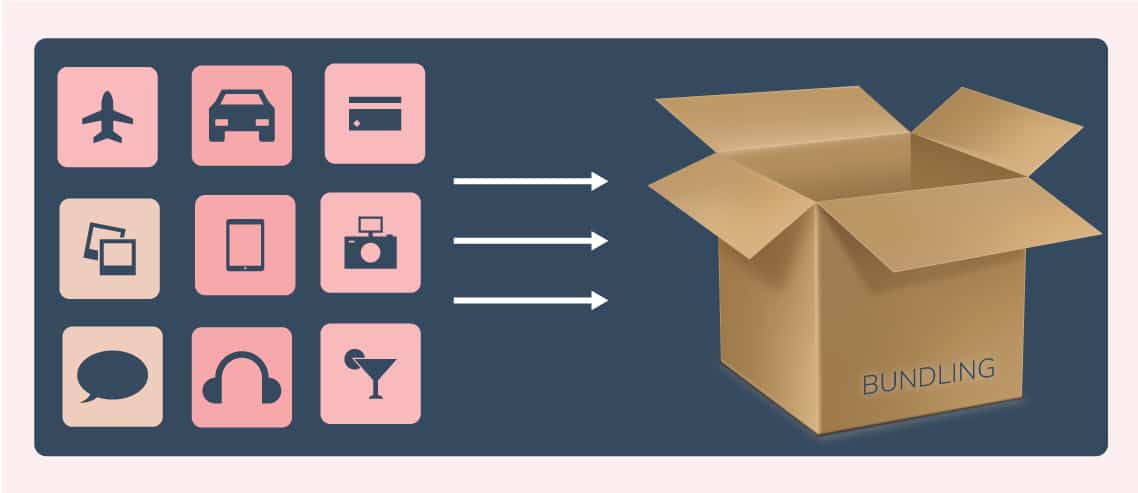


Leave a Reply